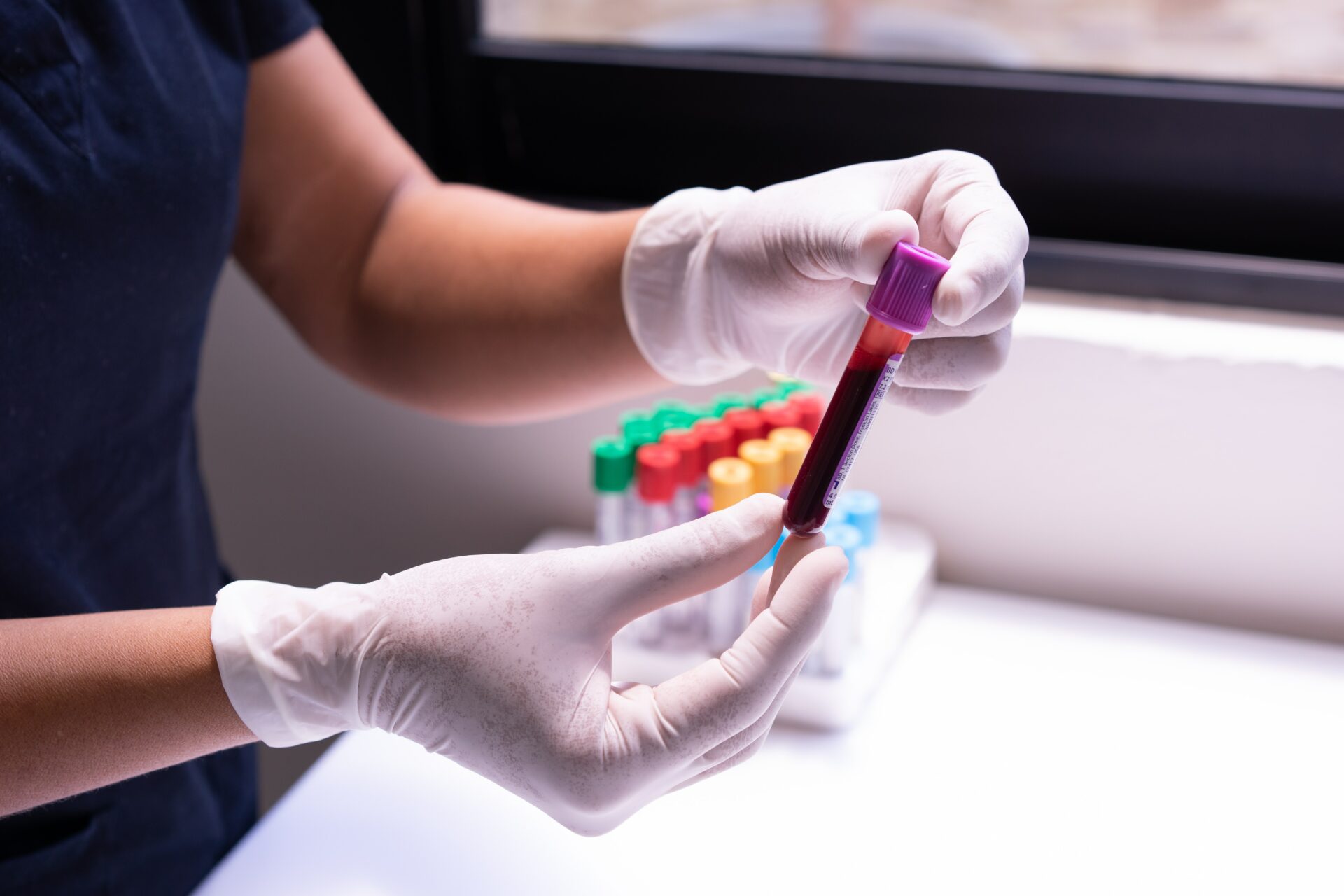
An elevated presence of ferritin in the blood (technically, hyperferritinaemia) could constitute a new disease. In fact, ferritin can predict the development of type 2 diabetes, as demonstrated in five independent meta-analyses. This year, a scientific review published in the journal Nature Reviews Endocrinology by an international team of specialists further supports this hypothesis, which was first described 25 years ago in Girona.
Recognising this alteration as a disease can help diagnose people who suffer from it and, at the same time, find ways to prevent the various pathologies associated with it, such as type 2 diabetes, liver disease and cardiovascular disease.
Ferritin is a protein involved in the storage of iron in cells and tissues, and is also a marker of inflammation. In 1998, a publication in the journal Diabetes Care and led in Girona described, for the first time, that plasma ferritin was a component of the metabolic syndrome, and suggested that iron accumulation could be involved in insulin resistance. Thus, the detection of elevated levels of ferritin in the blood may serve as a biomarker to predict the development of type 2 diabetes, the most common form of the disease.
In addition to the prevention of type 2 diabetes, the discovery had the potential to find new treatments for this disorder. In 2002, the team initiated a clinical trial in a small group of 32 patients with type 2 diabetes, who were offered three blood donations to lower their serum iron levels.
"The trial showed that this 'therapeutic blood donation' had the same beneficial results as the drugs available at the time, and with long-lasting effects," explains Dr. José Manuel Fernández-Real, head of the Nutrition, Eumetabolism and Health research group at the Girona Biomedical Research Institute (IDIBGI) and CIBEROBN. Dr. Fernández-Real is also head of the Endocrinology section of the Josep Trueta Hospital in Girona, a researcher in the Department of Medical Sciences at the University of Girona, and ICREA Academy. Currently, drugs that lower iron levels are very rare.
Potential for new therapies
The new review published in Nature Reviews Endocrinology reinforces this hypothesis, which emerged 25 years ago in Girona, and establishes that people with impaired iron metabolism have a higher risk of type 2 diabetes and liver and cardiovascular diseases, independently of the classic risk factors for these pathologies.
The scientific team defends the clinical relevance of iron and the potential for designing possible therapies to control iron levels in order to reduce the complications of associated metabolic disorders. For all these reasons, they call for more research in this area: "The publication proposes future lines of action to investigate it further, as there is a lot of scientific evidence, but there are still some gaps," says the researcher.
This would help to establish new ways of diagnosing this new disease and also to seek new therapies: "If a sick person has high ferritin levels, they could be advised to follow an iron-poor diet or even propose transient and very controlled blood donation to lower their levels, but this still needs to be demonstrated in future large-scale studies aimed at evaluating this fact”, suggests Dr Fernández-Real. Reference article
Article de referència: https://www.nature.com/articles/s41574-023-00807-6
DOI: https://doi.org/10.1038/s41574-023-00807-6